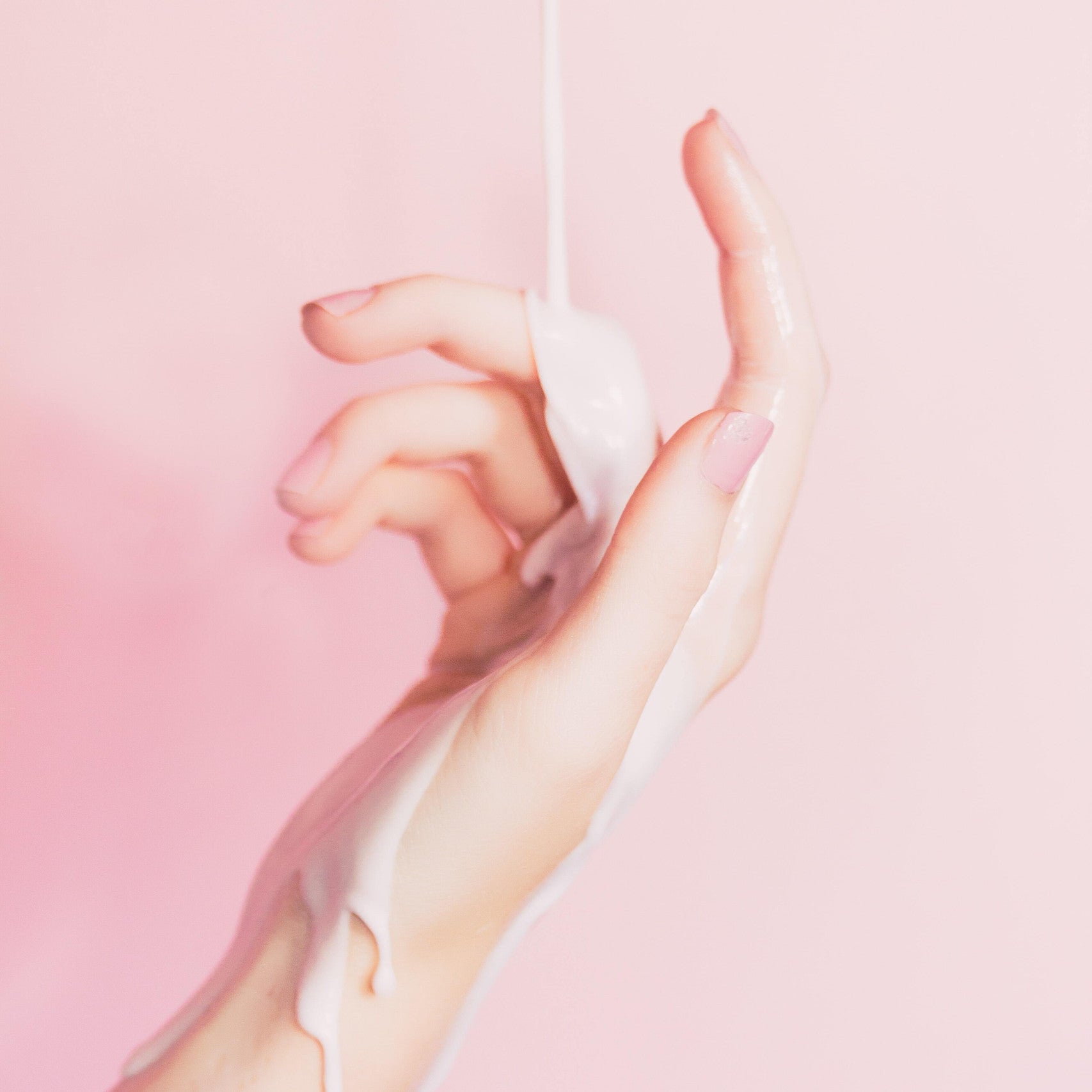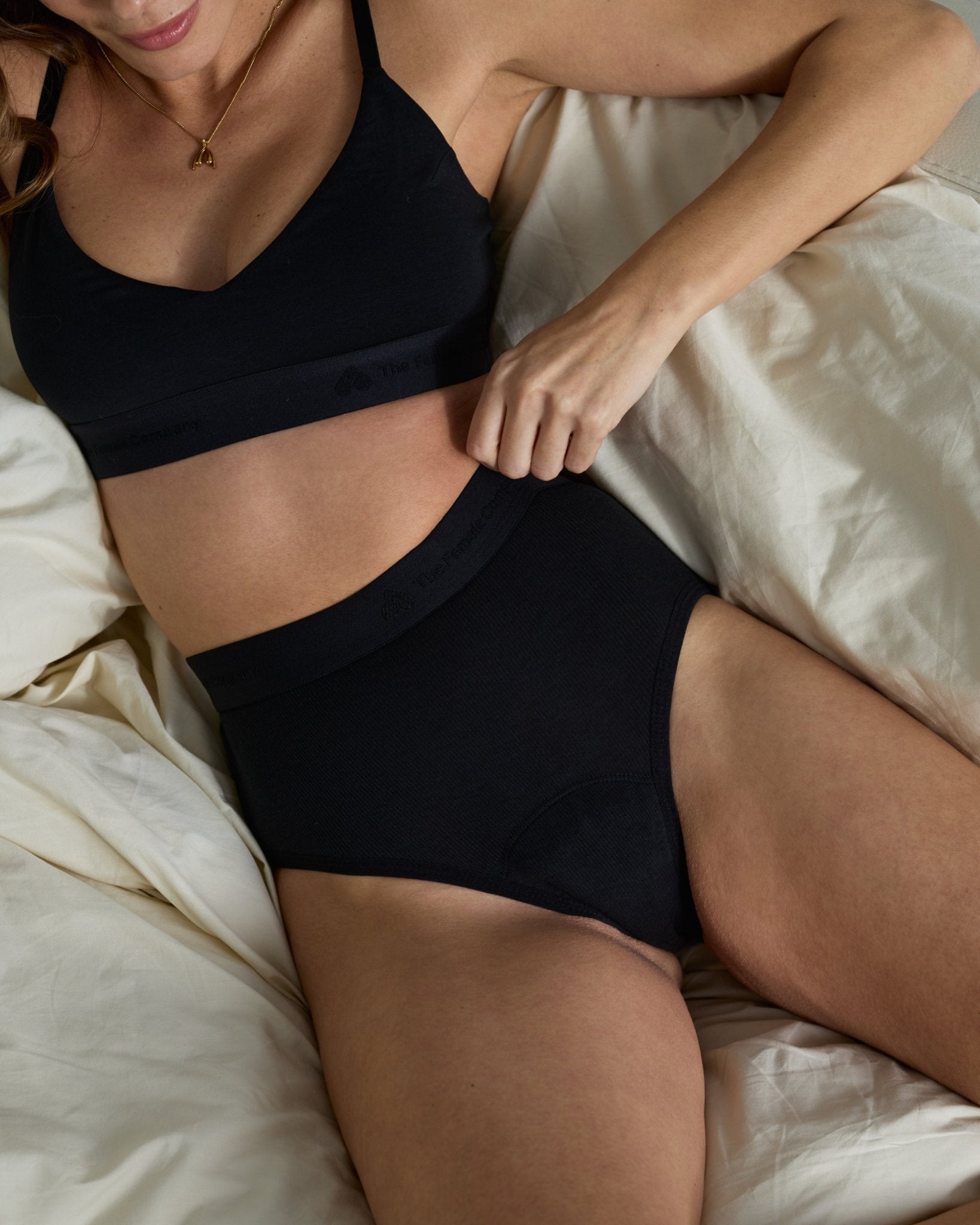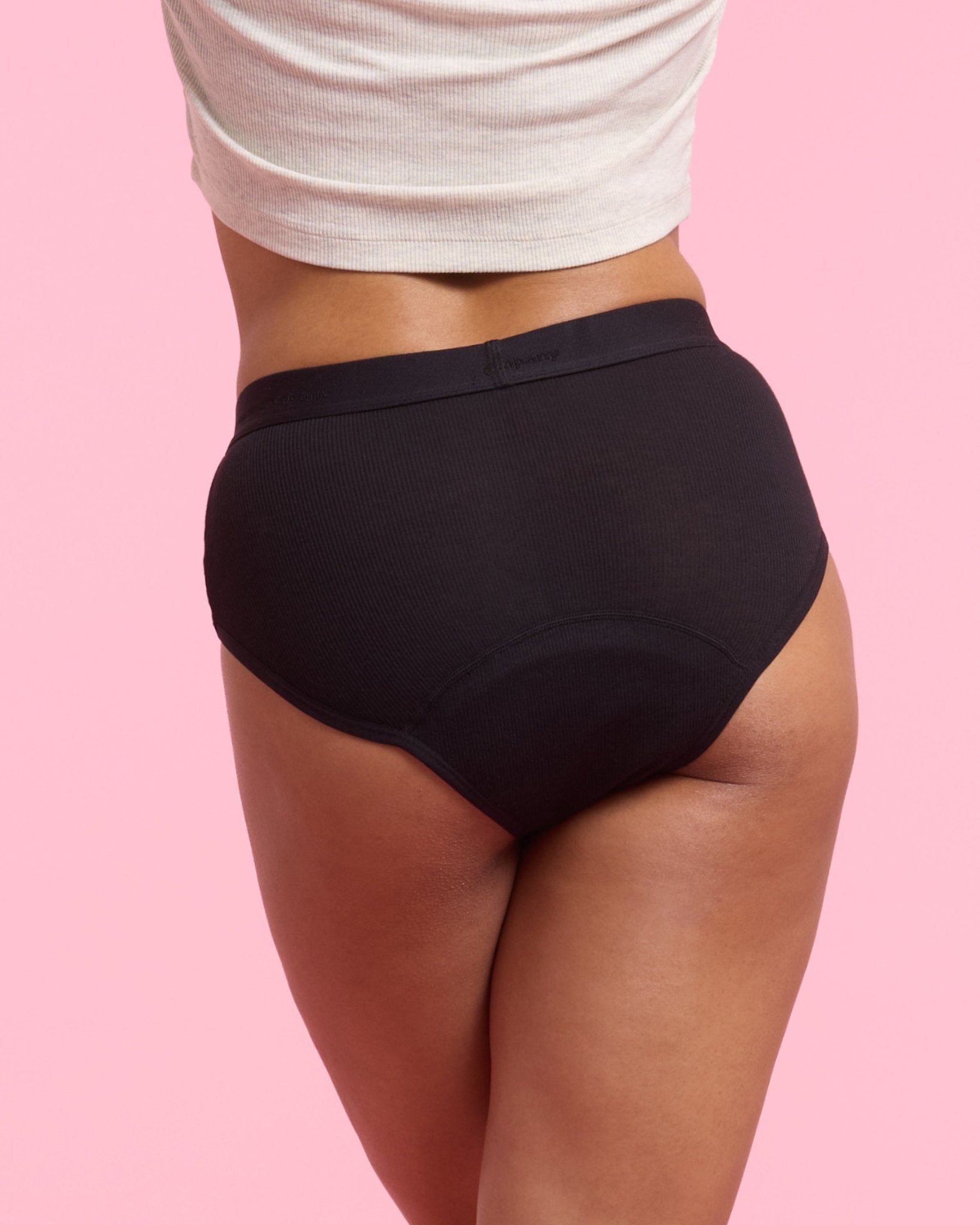Uterine curettage? What?
Behind this technical jargon lies the surgical removal of the uterine lining.
Perhaps better known to you as a curettage .
In most cases, this is done after a miscarriage, abortion or for diagnostic purposes.
One thing is clear: a curettage is a really unpleasant procedure that sometimes even carries unpleasant risks, and your period may take a while to arrive after a curettage. The latter is particularly nerve-wracking for people who want to have children. But hey, we know full well that you are the embodiment of power - and you can do it.
We will explain and tell you what your period is all about after a D&C and when you can expect it again.
Summary
Depending on the technique, a decision is made between abrasion uteri and curettage.
There are various reasons why a curettage is necessary.
The curettage itself is painful enough, there is no need to add a feeling of shame just because the topic is associated with such a big stigma.
Table of contents
Contents
1. What is a curettage?
A curettage is a surgical procedure in which your doctor removes all or part of the lining of your uterus .
By the way, did you know that this is one of the most common gynecological procedures in Germany?
Basically, a distinction is made between a fractional curettage and a suction curettage . Both procedures are usually carried out under general or local anesthesia and can be performed on an outpatient or inpatient basis. In a fractional curettage, the mucous membrane is first removed from the cervix and then from the body of the uterus.
Suction curettage, on the other hand, is performed with a device that develops a slight suction through which the removed tissue is sucked out after the curettage.
Both sound pretty ouch!
2. Reasons for a curettage
There are various reasons why a curettage may be performed.
The most common include:
- Miscarriage: After a miscarriage, a curettage may be necessary to ensure that all pregnancy tissues are removed from the uterus.
- Abortion: During a medical or surgical abortion, a curettage may be performed to ensure that the uterus is completely emptied.
- Diagnosis and treatment of uterine disorders: A curettage may also be used to diagnose or treat certain uterine disorders such as abnormal uterine lining growths (polyps) or irregular menstruation.
3. Why does my period not come afterwards?
Since the curettage removes the uterine lining, which is more severe than during a normal menstrual period , the cycle must first settle down again.
The mucous membrane gradually builds up and wound healing should also be complete.
If you have had a curettage, you should not be concerned about a delayed period. This is completely normal!
After all, your entire cycle is completely messed up by the curettage.
4. When do you get your period again after a D&C?
After a curettage, it may take some time for the menstrual cycle to return to normal . Typically, the first period after a curettage begins about 4-6 weeks after the procedure.
Since every body is different, you may also experience spotting or continuous bleeding. It's not great, but unfortunately it's not unusual. If your period does start, it may be heavy, light, different and longer than usual after the curettage.
Stay calm! The period after the curettage needs time to return to balance. The cycle may have shifted completely and the intensity may be completely different. Take it easy and give your uterus enough time.
By the way, chocolate always helps a lot too.
Of course, there are also women whose periods actually return after a curettage at the same time as before the curettage . However, it is important to note that this can vary from individual to individual and depends on various factors, such as hormone levels and the individual healing process.
5. Tips on how to recover quickly
Although the menstrual cycle usually returns on its own after a curettage, there are some tips that can support the process:
- Physical recovery: Get plenty of rest and allow your body to recover after the procedure. Avoid excessive physical exertion to aid the healing process.
- Healthy diet: A balanced diet with sufficient intake of vitamins and minerals can help regulate hormone levels and support the menstrual cycle.
- Reduce stress: Chronic stress can affect the menstrual cycle. Practice relaxation techniques such as yoga, meditation or breathing exercises to reduce stress and help the body restore its normal cycle.
- Hormonal support: In some cases, doctors may prescribe hormonal medications.




































